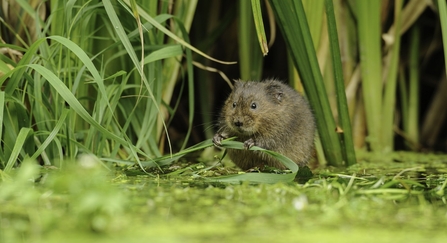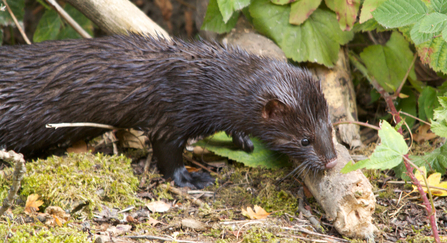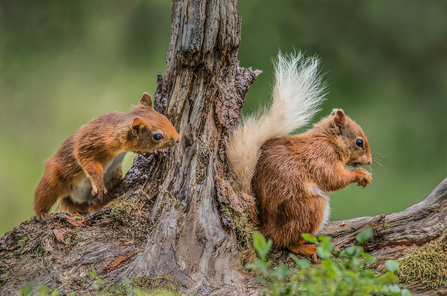Water Vole Training Day for Volunteers
At the end of 2023, The Wildlife Trust of South & West Wales (WTSWW) and other partners of the Restore the Thaw Project ran a water vole survey training day at Cadoxton Ponds. The purpose being to train up volunteers to help with the monitoring of water vole following reintroductions planned for 2024. This will contribute toward tracking the success of the reintroductions and the movements of individuals as they radiate out from the release sites.
The day began with a presentation outlining the justification for the reintroductions, outlining water vole ecology and then we delved into survey techniques and how to identify field signs, such as burrows, latrines and feeding signs.
After this, a practical element was carried out around Cadoxton, where water vole are a common site. They kindly obliged by leaving us plenty of field signs for our volunteers to discover and practice their identification skills, with the support and guidance of staff.
This training and our dedicated volunteers will be essential for the success of long term monitoring for this exciting project. As well as this, mink monitoring continues to ensure the long term success of the reintroduction programme.




